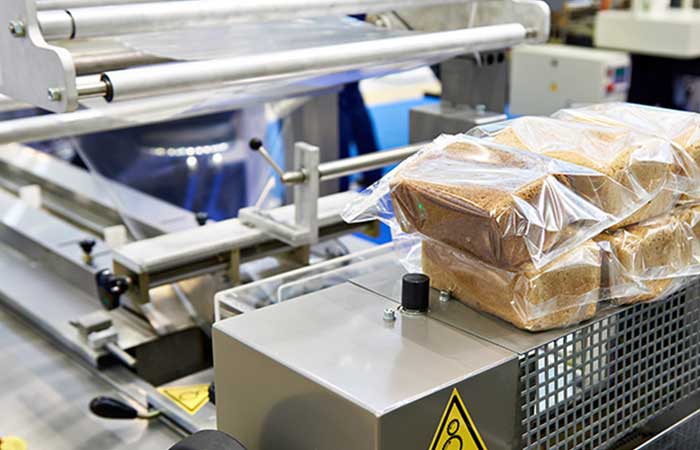Revolutionizing Secondary Packaging: The Future of Packaging Automation
Revolutionizing Secondary Packaging: The Future of Packaging Automation
In the dynamic realm of packaging, the role of secondary packaging machines cannot be understated. These machines play a crucial role in ensuring that products are securely and efficiently packaged for distribution and retail. As industries evolve and consumer demands shift, the need for innovative secondary packaging solutions has never been more paramount.
Traditional secondary packaging methods often involve human labor, which can be time-consuming, costly, and prone to errors. In contrast, automated secondary packaging machines offer a range of benefits, including increased productivity, consistency, and cost-effectiveness. By embracing automation, companies can streamline their packaging processes, minimize waste, and enhance overall efficiency.
The Advantages of Automated Secondary Packaging
One of the key benefits of automated secondary packaging machines is their ability to handle a wide range of packaging formats with precision and speed. Whether it’s case packing, palletizing, or shrink wrapping, these machines can perform these tasks with remarkable efficiency, ensuring that products are packaged according to specifications.
Furthermore, automation reduces the risk of human error, resulting in higher-quality packaging and fewer product recalls. By eliminating manual handling processes, companies can also improve workplace safety and reduce the risk of injuries among workers.
Embracing Innovation in Packaging Automation
The future of secondary packaging lies in embracing innovation and cutting-edge technology. From smart sensors and robotics to machine learning algorithms, the possibilities for enhancing packaging automation are limitless. Companies that invest in advanced secondary packaging solutions stand to benefit from increased productivity, reduced costs, and a competitive edge in the market.
As consumer preferences continue to evolve, so too must the packaging industry. By staying ahead of the curve and adopting the latest automated packaging technologies, companies can meet the demands of today’s fast-paced market while positioning themselves for success in the future.
Conclusion
In conclusion, automated secondary packaging machines represent the future of packaging automation. By leveraging the power of technology and innovation, companies can revolutionize their packaging processes, improve efficiency, and drive business growth. As the industry continues to evolve, embracing automation will be key to staying competitive and meeting the ever-changing needs of consumers.
-
 01
01Automatic Tray Loading and Packaging Equipment: Boost Efficiency to 160 Bags/Minute
21-11-2025 -
 02
02Automatic Soap Packaging Machine: Boost Productivity with 99% Qualification Rate
21-11-2025 -
 03
03A Deep Dive into Automatic Toast Processing and Packaging System
18-11-2025 -
 04
04The Future of Bakery Production: Automated Toast Processing and Packaging System
18-11-2025 -
 05
05Reliable Food Packaging Solutions with China Bread, Candy, and Biscuit Machines
11-10-2025 -
 06
06High-Performance Automated Food Packaging Equipment for Modern Production
11-10-2025 -
 07
07Reliable Pillow Packing Machines for Efficient Packaging Operations
11-10-2025 -
 08
08Advanced Fully Automatic Packaging Solutions for Efficient Production
11-10-2025 -
 09
09Efficient Automatic Food Packaging Solutions for Modern Production
11-10-2025 -
 10
10Advanced Automatic Packaging Equipment for Efficient Production
11-10-2025









